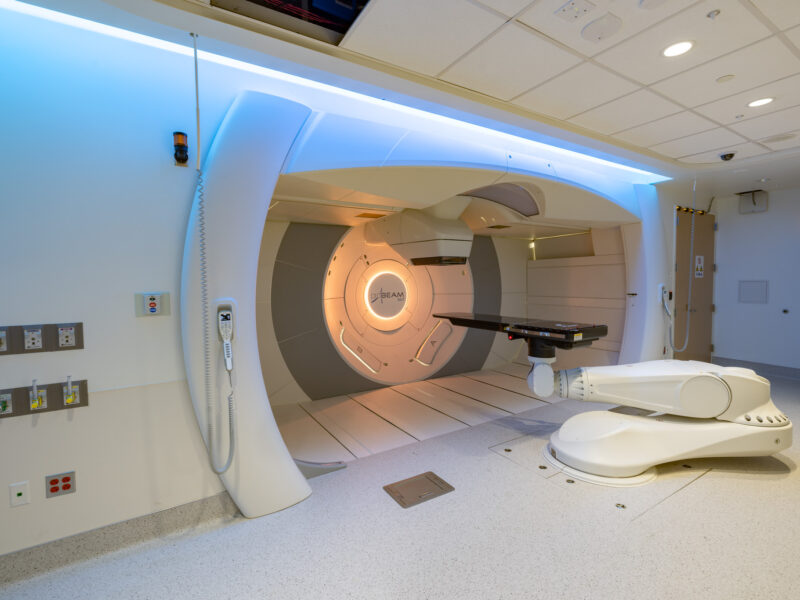Kidney Biopsy Analysis Reveals High Risk for Disease in Patients With Sickle Cell Disease
Kidney Biopsy Analysis Reveals High Risk for Disease in Patients With Sickle Cell Disease https://pediatricsnationwide.org/wp-content/uploads/2020/12/AdobeStock_76537088_cropped-1024x732.jpg 1024 732 Mary Bates, PhD Mary Bates, PhD https://secure.gravatar.com/avatar/c6233ca2b7754ab7c4c820e14eb518c8?s=96&d=mm&r=g- January 30, 2020
- Mary Bates, PhD

Patients with SCD are at high risk for significant kidney disease. A retrospective study of biopsy findings from the Pediatric Nephrology Research Consortium shows just how high.
Kidney damage is a progressive complication of sickle cell disease (SCD), sometimes eventually leading to kidney failure. As the life expectancy of individuals with SCD has improved, the prevalence of chronic kidney disease has increased. Yet, little research has been done on kidney biopsies and outcomes in SCD patients, especially in children.
Recently, researchers from the 14 pediatric nephrology centers of the Midwest Pediatric Nephrology Consortium – now known as the Pediatric Nephrology Research Consortium (PNRC) – conducted a retrospective analysis of kidney biopsy findings and clinical outcomes in children and adolescents with SCD. The results were published in the journal Pediatric Nephrology.
The researchers found that kidney biopsies, while not commonly performed in children with SCD, were universally abnormal. The abnormal findings included mesangial proliferation, glomerular hypertrophy, focal segmental glomerulosclerosis, membranoproliferative glomerulonephritis, and mesangial hypertrophy.
Additionally, outcomes were poor in this population of patients despite a variety of post-biopsy interventions.
“In the patients that ended up having a biopsy, there was quite a bit of morbidity and even some mortality within the follow-up period, which was several years,” says Hiren Patel, MD, chief of the Section of Nephrology at Nationwide Children’s Hospital and one of the study’s authors. “Morbidity and mortality were higher than expected, so it shows that these patients with more significant kidney disease are at high risk.”
The study’s first author, Rima Zahr, MD, is a pediatric nephrologist and assistant professor at The University of Tennessee Health Science Center. She says that early identification and intervention may be necessary to improve the long-term kidney prognosis of patients with SCD.
“It’s about finding the patients early and following them with effective interventions to prevent chronic kidney disease,” says Dr. Zahr. “We know that by the time these sickle cell patients are in their thirties, up to 60 percent of them will have significant proteinuria and develop chronic kidney disease requiring dialysis. We can try to keep these kids healthy so they don’t reach that point.”
Dr. Zahr is following up this analysis with genomic studies of sickle cell patients to create a genetic risk model of which patients progress to chronic kidney disease. She and her colleagues are also looking at effective therapies, such as the early use of the medication hydroxyurea to help prevent or reverse proteinuria. Dr. Zahr says additionally, there are exciting new drugs in development that could be added to hydroxyurea for added protection against kidney damage.
Reference:
Zahr RS, Yee ME, Weaver J, Twombley K, Matar RB, Aviles D, Sreedharan R, Rheault MN, Malatesta-Muncher R, Stone H, Srivastava T, Kapur G, Baddi P, Volovelsky O, Pelletier J, Gbadegesin R, Seeherunvong W, Patel HP, and Greenbaum LA. Kidney biopsy findings in children with sickle cell disease: a Midwest Pediatric Nephrology Consortium study. Pediatric Nephrology. 2019 Aug;34(8):1435-1445. doi: 10.1007/s00467-019-04237-3. Epub 2019 Apr 3.
Photo credit: Adobe Stock
About the author
Mary a freelance science writer and blogger based in Boston. Her favorite topics include biology, psychology, neuroscience, ecology, and animal behavior. She has a BA in Biology-Psychology with a minor in English from Skidmore College in Saratoga Springs, NY, and a PhD from Brown University, where she researched bat echolocation and bullfrog chorusing.
-
Mary Bates, PhDhttps://pediatricsnationwide.org/author/mary-bates-phd/December 27, 2016
-
Mary Bates, PhDhttps://pediatricsnationwide.org/author/mary-bates-phd/
-
Mary Bates, PhDhttps://pediatricsnationwide.org/author/mary-bates-phd/
-
Mary Bates, PhDhttps://pediatricsnationwide.org/author/mary-bates-phd/
- Posted In:
- In Brief






